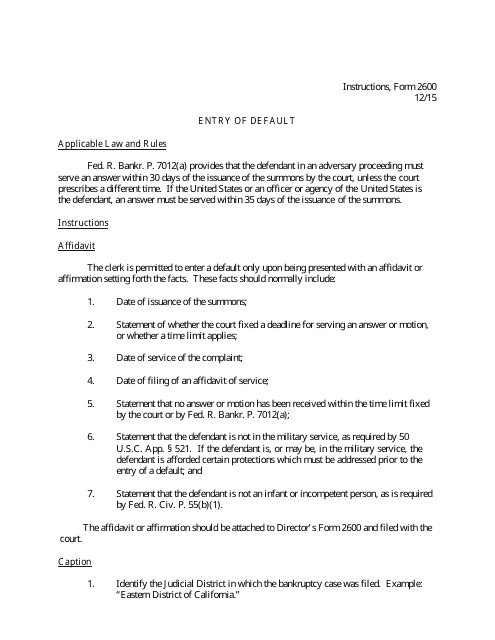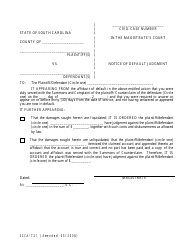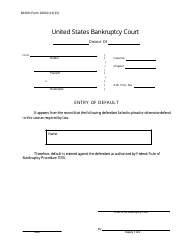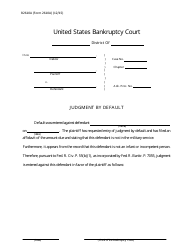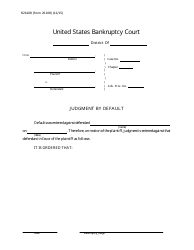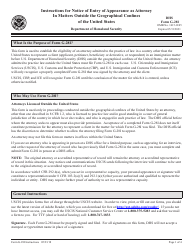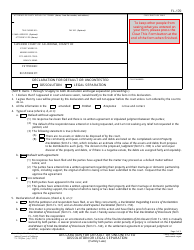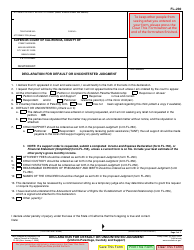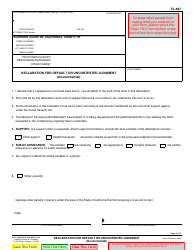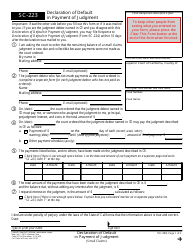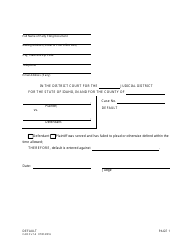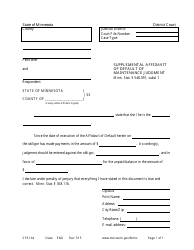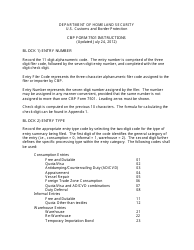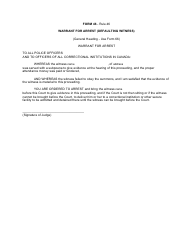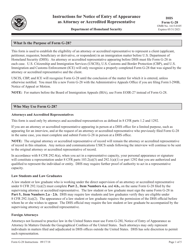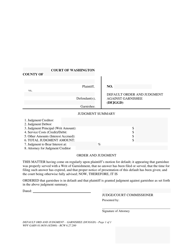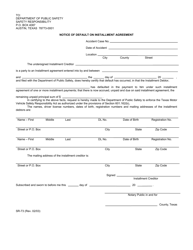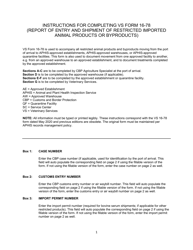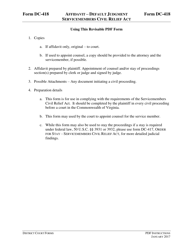Instructions for Form 2600 Entry of Default
This document contains official instructions for Form 2600 , Entry of Default - a form released and collected by the United States Bankruptcy Court.
FAQ
Q: What is Form 2600?
A: Form 2600 is a legal document used for the Entry of Default process.
Q: What is the Entry of Default process?
A: The Entry of Default process is a legal procedure that allows a party to obtain a default judgment when the opposing party fails to respond or appear in court.
Q: Who can use Form 2600?
A: Form 2600 can be used by any party seeking to obtain a default judgment.
Q: What information is required in Form 2600?
A: Form 2600 requires the names of the parties involved, the case number, and a statement explaining why the default judgment is being sought.
Q: Do I need to file Form 2600 with the court?
A: Yes, Form 2600 must be filed with the court clerk's office.
Q: Is there a fee for filing Form 2600?
A: There may be a filing fee associated with Form 2600. Contact the court clerk's office for more information.
Q: What happens after Form 2600 is filed?
A: After Form 2600 is filed, the court will review the request for default judgment and may schedule a hearing or issue a judgment.
Q: Can I contest a default judgment obtained through Form 2600?
A: Yes, you may be able to contest a default judgment by filing a motion to set aside the default.
Q: What is a default judgment?
A: A default judgment is a legally binding decision made by the court in favor of the party who filed for the default judgment when the opposing party fails to respond or appear in court.
Instruction Details:
- This 2-page document is available for download in PDF;
- Actual and applicable for the current year;
- Complete, printable, and free.
Download your copy of the instructions by clicking the link below or browse hundreds of other forms in our library of forms released by the United States Bankruptcy Court.
